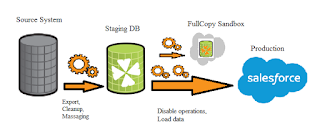Sunday, September 4, 2016
Salesforce: Points to consider while data migration
Subscribe to:
Comments (Atom)

